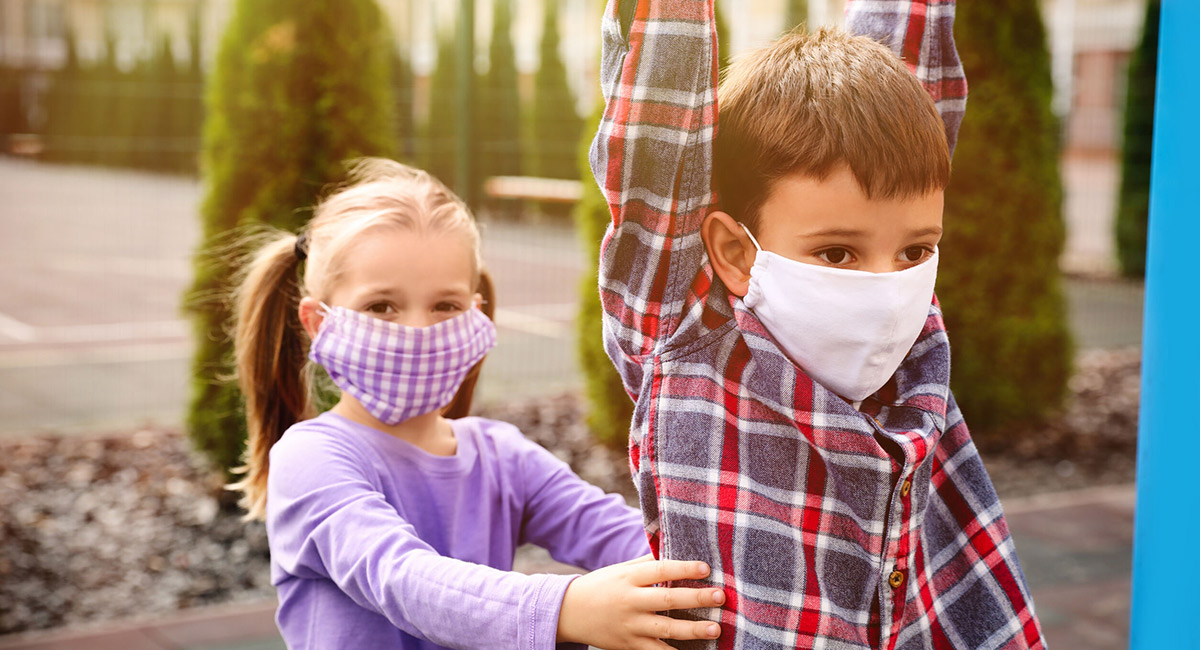“Follow the science,” we keep hearing, but sometimes scientists and the media present findings in a misleading way. Consider a new study by Duke University’s ABC Science Collaborative, conducted in partnership with the North Carolina Department of Health and Human Services. Researchers examined the effect of a “test to stay” approach to schoolchildren identified as “close contacts” of Covid-positive people. Test to stay excuses these children from quarantining if they test negative for the virus. The study’s primary conclusion was that test to stay is a good way to move away from lengthy quarantine.
That’s reasonable and useful. But the researchers peppered their report with rhetorical sleights of hand aimed at misleading readers into other, less well-founded conclusions that were mostly inevitable products of their own study design. One of their primary conclusions is that “in schools with universal masking, test-to-stay is an effective strategy.” That invites readers to assume that test-to-stay doesn’t work without forced masking. But since they studied no unmasked schools, this conclusion is baseless. An honest report would either have said so or not mentioned masking at all.
Duke’s Press office amplified the unfounded conclusion in its Jan. 4 summary of the study: “Children and staff who repeatedly test negative for COVID-19 after contact with someone who has the illness can safely remain in school if universal masking programs are in place.” The media took this press release and added a further layer of falsehood. Raleigh’s WRAL characterized the study as a defense of forced masking while pitching the study as documenting the danger of youth sports: “Athletics were the source of 50% of all COVID-19 school transmission found in the study.”
True, the ABC researchers found a higher rate of transmission during sports. But that was entirely a product of how the researchers defined Covid “exposure.” Students were counted as exposed only if they were unmasked during the interaction with an infected person. In mask-mandatory schools, that happened only during lunch and sports. If a transmission occurred in a masked classroom, the definition didn’t count it as a close contact. And the study found only three sports-related positives out of 352 tests. When combined with the three lunch-related positives, the six total positives resulted in a mere 1.7% of maskless exposures ending up with a Covid-19-positive contact.
An honest summary of the study might have said: “There is a low transmission rate of the virus among students, even when unmasked at lunch or during sports.” But a summary like that wouldn’t have reinforced the politically acceptable message of public-health authorities today, and so unfounded points had to be fashioned to fit the narrative.
This isn’t a first for the ABC collaborative and the Duke press office. In July they made a series of bold claims about the efficacy of masking children in schools based on a study that didn’t include an unmasked control group. Scientific communication should limit itself to the communication of science, rather than to the manipulation of human behavior.









